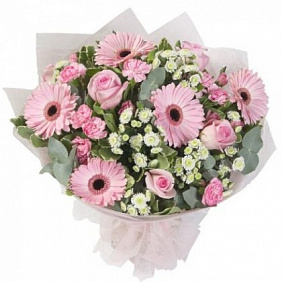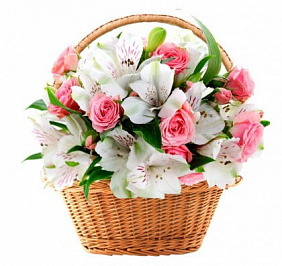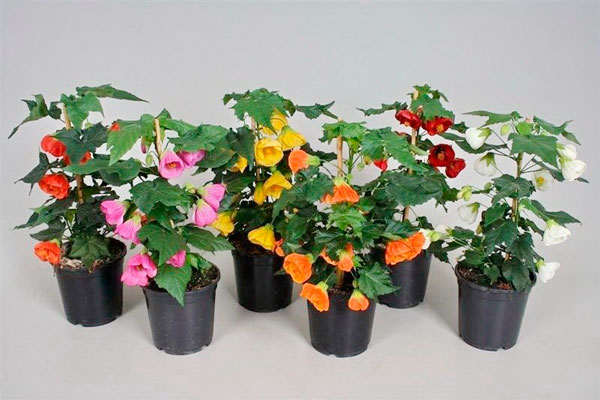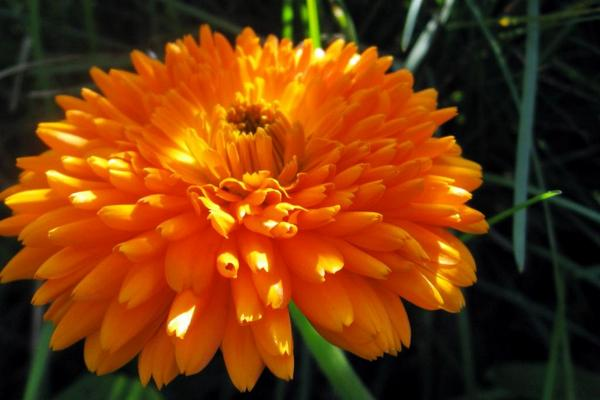most memorable
Agave
 The extensive genus of agaves unites approximately 300 species native to North and Central America. Agaves are very undemanding plants. The name was given in honor of Agave – the daughter of one of the ancient mythical kings.
The extensive genus of agaves unites approximately 300 species native to North and Central America. Agaves are very undemanding plants. The name was given in honor of Agave – the daughter of one of the ancient mythical kings.
Agave is a fairly powerful plant with succulent leaves. The leaves have an aquiferous tissue, which allows them to spend moisture during dry periods very economically. The diameter of the leaf rosette reaches 2.5 m. The leaves are large, solid, fleshy, wide or narrow, ending in strong spines; most species have strong bent or straight thorns at the edges of the leaves. The color of the leaves is gray, green, bluish-green, in some species yellow or white stripes or whitish threads are split along the edges of the leaves, split off from the edges. The leaves are covered with a thick waxy coating.
Agave blooms once in a lifetime – after flowering it dies, leaving numerous root offspring. A high peduncle (up to 10 m) appears from the middle of the outlet and bears several thousand (2 to 8) beautiful bell-shaped flowers collected in panicled inflorescences. Indoor plant never blooms. Continue reading
SPRING BOUQUET FROM “A” TO “Z”
 How to choose a spring bouquet in the store and how to make it yourself? In order to answer these questions you need to have an idea
How to choose a spring bouquet in the store and how to make it yourself? In order to answer these questions you need to have an idea
about the flowers that grow at this time of year;
about what color scheme corresponds to it;
about the styles and accessories that florists use to create spring compositions;
about what zest can be added to the spring bouquet so that it plays with all the colors.
About all this with details and in order in our article.
WHAT GARDEN AND FIELD FLOWERS SPRING IN SPRING?
Garden flowers
In this section, we will talk about “cultivated” flowers that traditionally bloom in gardens in the spring. Continue reading
FLOWERS IN A BASKET – HOW TO CARE
 In addition to traditional bouquets, we have for sale floral arrangements placed in wicker baskets. They look unusual and original. However, in order for such a basket to please the eye for a long time, it must be properly looked after.
In addition to traditional bouquets, we have for sale floral arrangements placed in wicker baskets. They look unusual and original. However, in order for such a basket to please the eye for a long time, it must be properly looked after.
FEATURES OF CREATING COMPOSITIONS IN BASKETS
When creating compositions in baskets, a special floristic sponge soaked in a special solution is used. It prevents the rapid withering of ornamental plants. Cut flowers are immersed in a sponge at a certain depth. Through the cut of the stem, the moisture is saturated with ornamental plants.
A vase is not needed for such a bouquet, however, all liquids evaporate over time, and the sponge becomes dry. Therefore, it is not necessary to leave the presented composition without proper care. It is also worth understanding that the volume of a vase and floristic sponge or bioflora are significantly different. Continue reading


